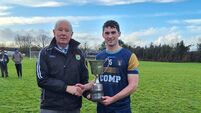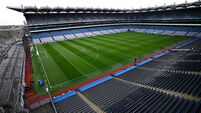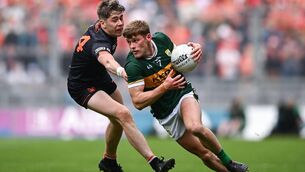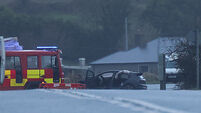The Páirc’s growing pains
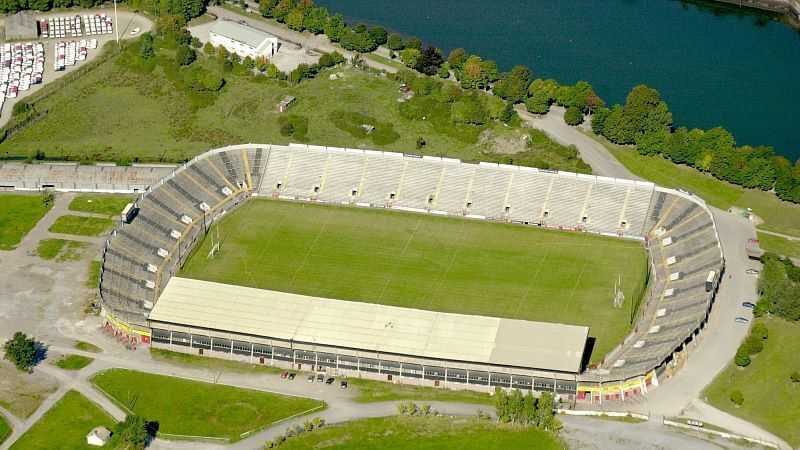
The date is irrelevant really, more the setting that he wants to get across.
The Down football team had been invited south by the Capuchin priests to partake in a tournament at the Cork Athletics Grounds, as it was then, and decided to fly into Cork Airport for the day’s football.







